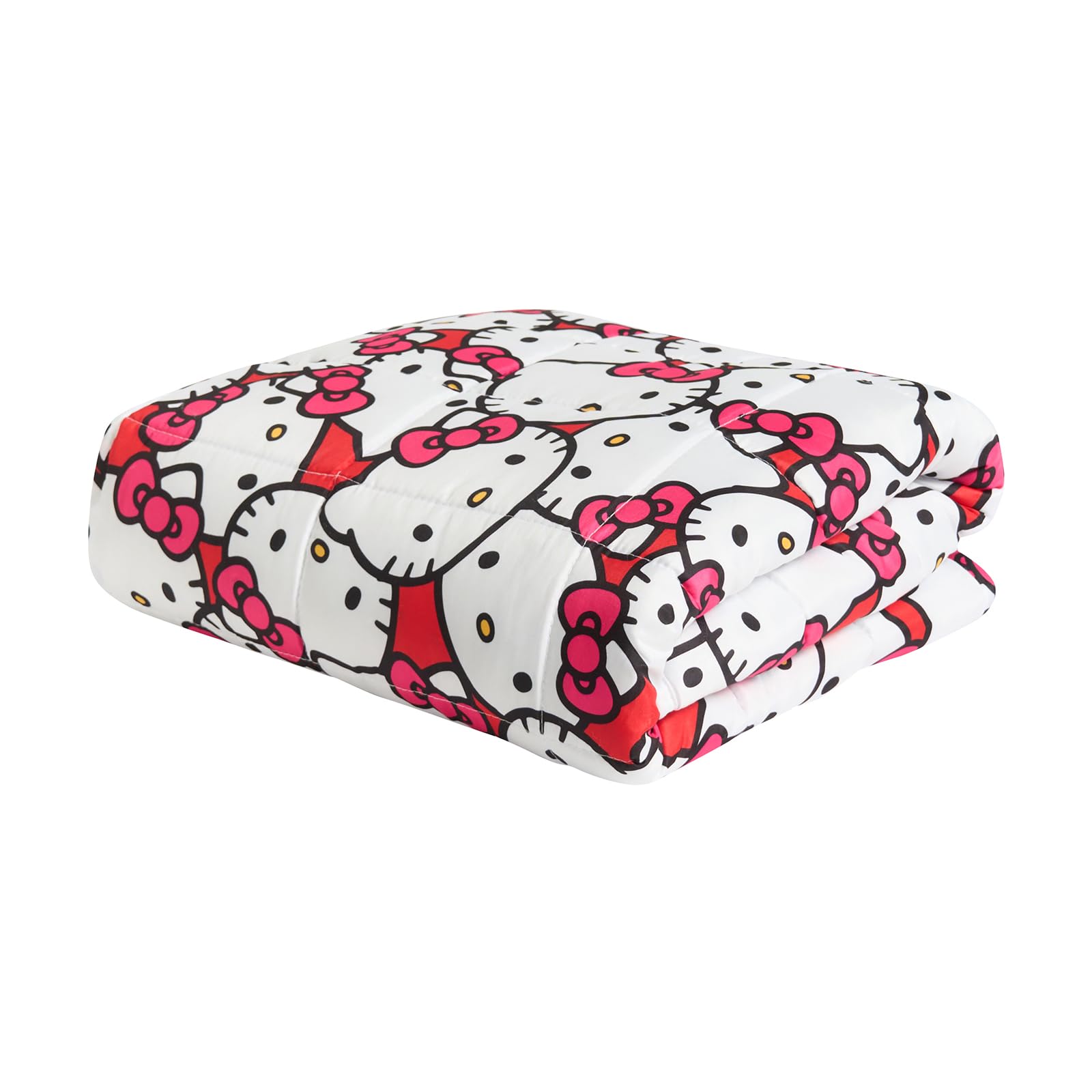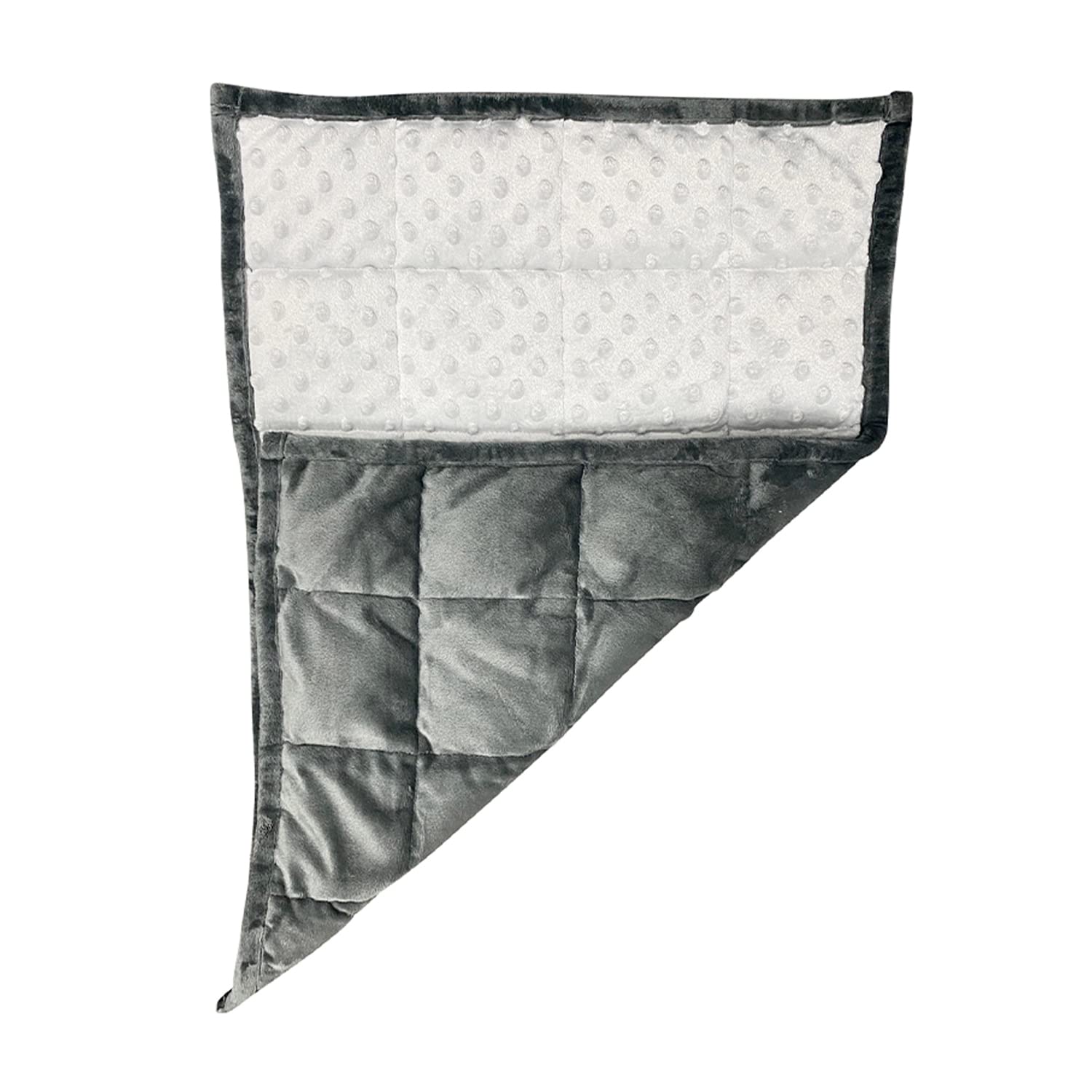Weighted blankets calm the nervous system with gentle pressure, but choosing the right weight is not always obvious. Pick too light and you barely feel the effect. Go too heavy and it can feel restrictive or too warm. This UK guide gives you an easy weight chart, shows when to adjust the usual ten percent rule, and helps you choose a size and fabric that suit your body and your bedroom.
Deep pressure comfort comes from weighted blankets with breathable covers.
The simple starting point
Most people start with a blanket that is roughly ten percent of body weight. For a sixty kilogram adult, that would be around six kilograms. For an eighty kilogram adult, around eight kilograms. This is a starting point, not a strict rule. Some people prefer a touch lighter, especially in summer, and some feel better with a slightly heavier blanket in winter. The goal is steady, comforting pressure that never feels like a burden to reposition.
Weight chart you can use
Use this quick reference as a guide, then fine tune based on comfort:
- 45–55 kg: 4–5 kg blanket
- 56–65 kg: 5–6 kg blanket
- 66–75 kg: 6–7 kg blanket
- 76–85 kg: 7–8 kg blanket
- 86–95 kg: 8–9 kg blanket
- 96–110 kg: 9–10 kg blanket
If you sit between sizes, think about how you sleep. Hot sleepers and restless tossers often prefer the lower number so the blanket is easier to move and breathes more. If you seek a deeper hug and do not run warm, the higher number can feel more reassuring.
Blanket size and bed size
Weighted blankets do not need to cover the entire bed like a duvet. Many people choose a throw size that covers shoulders to toes and avoids hanging over the sides. Overhang adds drag and can pull weight off you during the night. A smaller blanket is easier to handle and usually feels heavier for the same kilogram rating because more weight rests over your body rather than falling down the sides.
Fabrics and breathability
Cover fabrics change how warm a weighted blanket feels. Cotton and bamboo viscose covers breathe better than heavy fleece. Glass bead fills are common; they spread weight evenly and do not trap heat. Plastic pellets are still used in some products but can feel bulkier. Removable covers make washing easier and let you swap between a cosy winter cover and a lighter summer option.
Adjusting for joint or mobility issues
If you have joint pain or limited grip strength, err toward a lighter blanket that is easy to reposition. You still get the calming pressure without struggling to move the blanket. Children and older adults may also prefer lighter weights. For children, always follow age and safety guidance and consult a professional if you are unsure. Weighted blankets are not recommended for very young children.
Using a weighted blanket through the seasons
In winter, some people layer a weighted blanket over a duvet for a cosy feel. If you do, use a lighter duvet tog so the combination does not trap too much heat. In summer, swap to a breathable sheet and a light cover on the blanket. This keeps the calming pressure while avoiding a stifling sleep environment.
Care and washing
Check the label. Some blankets have removable covers that wash easily. Inserts often need spot cleaning or a gentle cycle in a larger drum at a laundrette if your home machine is small. Dry flat and make sure the inner is completely dry before reassembling. Do not hang heavy inserts from one end while wet, as this can shift the fill.
We highlight balanced weight ranges, breathable covers, and easy care designs in our guide to weighted blankets for UK sleepers. For cooler bedding to pair with your blanket, see our guides to breathable sheets and light duvets.
Breathable fabrics and well balanced weights feature in weighted blankets for UK sleepers. For cooler bedding to pair with a blanket, many choose breathable sheets and a lighter summer duvet.
FAQs
What weight should I choose if I am between sizes?
If you run warm or want easy movement, choose the lower weight. If you want a deeper hug and sleep cooler, choose the higher. You can adjust by season if your blanket has a removable cover.
Should couples share a weighted blanket?
It is often better to have one blanket per person so weight and size suit each sleeper. Sharing can lead to tug of war and uneven coverage.
Are weighted blankets safe?
They are safe for most healthy adults when used as intended. Avoid for very young children and for people who cannot move the blanket unaided. If unsure, speak to a healthcare professional.





